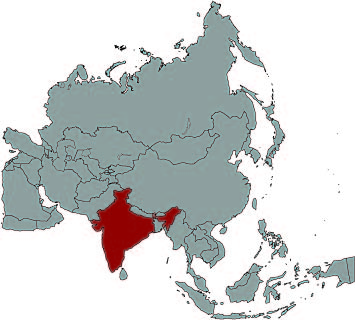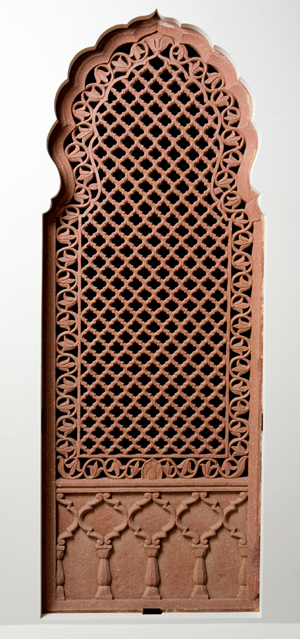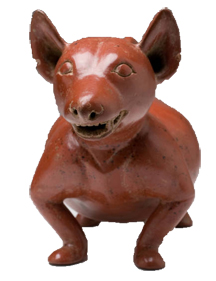



India - Mughal Period Jali is a Hindi term for a type of latticed screen used in Indian architecture for railings, windows, or screens separating rooms. The intricate detail and fine craftsmanship of this screen indicates the royal purpose it might have served. The geometric pattern and latticework carvings of the screen are a significant form of decoration in much but not all Islamic art. Many Muslims have strict rules against depicting animals and humans, because they were concerned that this could be equated with idol worship. Instead, Islamic art focuses on unique and intricate designs using geometric, floral, and repeating patterns and designs.
Some Jali screens used as parts of outer walls cut through the glare of light and still allowed air circulation. As light shined in through the screen, geometric patterns danced across the floor, transferring the pleasing design. Screens of this type were frequently used in the windows of women's quarters, so that women could look out without being seen by all. Consider some of the common objects we use today for decoration as well as functionality.
Jali Screen, 1725/1775
Undentified Maker, Indian
(Mughal Period)
Quartz arenite sandstone
67 inches H; 26 1/8 inches W; 2 1/2 inches D
Gift of Alconda-Owsley Foundation
1991.058.002
World Events
3000 BCE Hinduism becomes the major religion of India.
118-125 CE The Pantheon is constructed in Rome.
220 CE The Han Dynasty in China comes to an end.
720 CE Islamic Caliphate invades India; Islam practiced in India.
1325 The Aztec civilization founds Tenochtitlan, modern day Mexico City.
1617 British East India Company is given permission to trade in India.
 DARCY DISCUSSES: ARCHITECTURE
The Taj Mahal was completed in 1653, incorporating Indian, Islamic, and Persian architectural styles. It was built by the Shah for his favorite wife after her death.
DARCY DISCUSSES: ARCHITECTURE
The Taj Mahal was completed in 1653, incorporating Indian, Islamic, and Persian architectural styles. It was built by the Shah for his favorite wife after her death.

Explore Ball State University Museum of Art online






